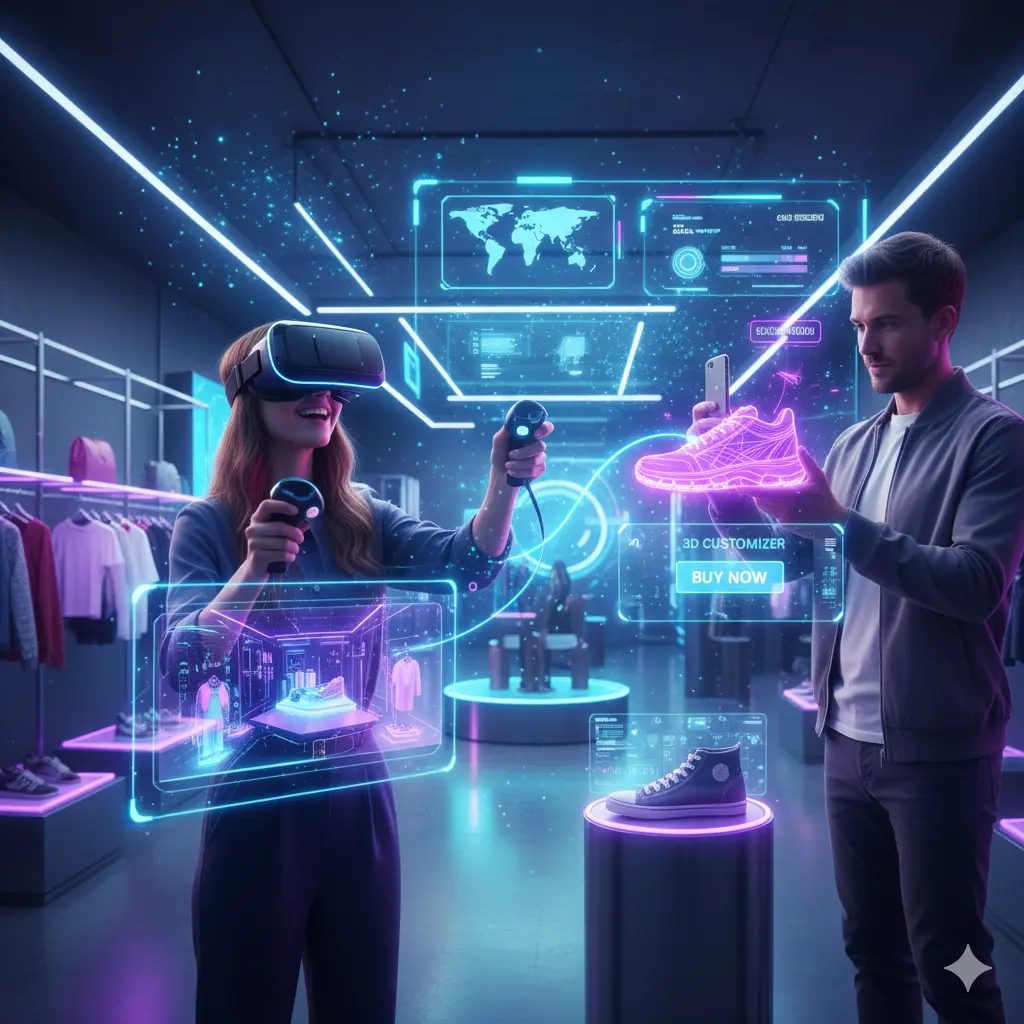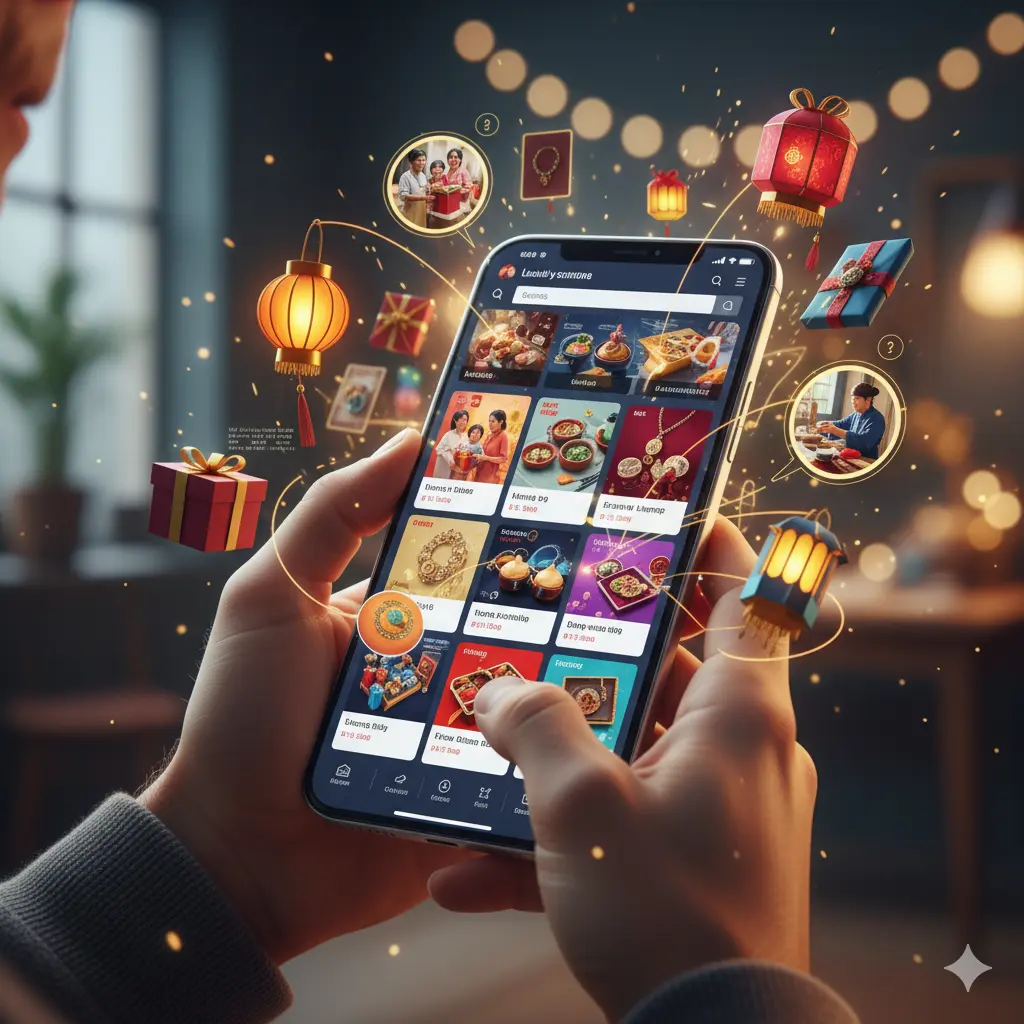In today’s digital-first world, consumer behavior is heavily influenced by social proof. Every scroll, click, and swipe exposes users to reviews, ratings, and user-generated content (UGC), shaping perceptions and decisions in real time. Brands no longer control the narrative entirely; instead, it’s the voices of their customers that determine reputation, credibility, and ultimately, success. Understanding the dynamics of reviews and UGC is critical for businesses that want to thrive in the scroll age.
The Rise of Social Proof
Social proof is a psychological phenomenon where people look to the actions and opinions of others to determine their own. In marketing, it manifests through customer reviews, testimonials, ratings, and shared experiences.
With e-commerce dominating consumer spending and social media platforms serving as both discovery and shopping tools, social proof has never been more influential. A single five-star review, a viral post featuring a product, or an influencer endorsement can dramatically impact brand perception. Conversely, negative reviews or a lack of visible feedback can erode trust almost instantly.
Why Reviews Matter More Than Ever
Modern consumers rely on online reviews as a primary source of information before making a purchase. Studies show that over 90% of people read reviews before buying, and the majority trust peer reviews over brand messaging.
For brands, this means reviews are not just feedback; they are marketing assets. Positive reviews provide credibility, reinforce brand promises, and influence purchase decisions. Negative reviews, when addressed transparently, can demonstrate accountability and even strengthen consumer trust.
The Power of Ratings
Star ratings are a shorthand for trustworthiness. A product with a 4.8-star rating will naturally attract more clicks than one rated 3.2 stars. This is why many brands prominently display average ratings on product pages and marketing channels.
However, ratings alone are not enough. Consumers increasingly look for detailed reviews, including pros, cons, and real-life use cases. Rich, informative reviews that combine text, photos, and videos have the greatest influence.
User-Generated Content: The Modern Testimonial
Beyond reviews, user-generated content (UGC) has emerged as a cornerstone of social proof. UGC includes photos, videos, social media posts, and stories created by actual customers. Unlike curated brand content, UGC feels authentic, relatable, and trustworthy.
Platforms like Instagram, TikTok, and Pinterest have amplified UGC, turning everyday consumers into brand advocates. A single viral post showing a product in action can generate exponential awareness, often surpassing traditional advertising reach.
UGC Builds Community
UGC also fosters a sense of community and belonging. When customers see others like them using and enjoying a product, it reinforces social norms and encourages participation. Brands that showcase UGC effectively create loyalty loops, where consumers are both viewers and contributors.
Social Proof Across the Customer Journey
Social proof impacts every stage of the customer journey. At the awareness stage, UGC can introduce a brand in an authentic, attention-grabbing way. During consideration, reviews and ratings provide reassurance. Finally, at the purchase stage, testimonials and peer validation can push hesitant buyers to convert.
Even after purchase, social proof continues to matter. Customers who share reviews or post UGC contribute to the next wave of potential buyers. Brands that actively encourage and reward UGC create a cycle of trust and engagement.
Authenticity Is Key
In the scroll age, authenticity is everything. Consumers are adept at spotting fake reviews or staged content. Brands that manipulate reviews risk losing credibility entirely. Genuine feedback, whether positive or constructive, carries far more weight than polished but insincere marketing campaigns.
Strategies to maintain authenticity include:
- Encouraging real customer reviews without incentivization that biases responses
- Highlighting diverse customer experiences
- Featuring UGC in real-life contexts rather than overly curated settings
Social Proof as a Conversion Multiplier
The combination of reviews and UGC can significantly boost conversion rates. Retailers have reported that products with strong social proof see higher click-through rates, longer time on page, and increased sales. Social proof also reduces cart abandonment, as customers feel reassured that they are making the right decision.
For digital-first brands, this makes social proof not just a marketing tool but a growth lever. Integrating reviews, ratings, and UGC across websites, emails, and social media amplifies its impact.
Risks of Ignoring Social Proof
Brands that ignore social proof do so at their peril. In the scroll age, negative experiences spread faster than ever. A few unresolved complaints or an absence of visible feedback can deter potential buyers.
Additionally, failing to leverage UGC is a missed opportunity. Consumers increasingly want brands that are transparent, responsive, and community-driven. Without active engagement, brands risk appearing distant, untrustworthy, or irrelevant.
Best Practices for Leveraging Social Proof
To maximize the power of social proof, brands should:
- Display reviews prominently on product pages and landing pages
- Encourage UGC sharing through contests, hashtags, and incentives
- Respond promptly to negative feedback to demonstrate accountability
- Incorporate authentic testimonials in email marketing and ads
- Track metrics such as review volume, engagement on UGC, and conversion rates
By embedding social proof throughout the digital experience, brands can increase trust, engagement, and loyalty simultaneously.
Conclusion: Social Proof in the Scroll Age
In the digital era, brands no longer control the narrative; customers do. Reviews and UGC have become critical determinants of trust, credibility, and purchase decisions. Brands that embrace social proof with authenticity and consistency are rewarded with stronger engagement, higher conversions, and long-term loyalty.
The scroll age has transformed marketing from a broadcast exercise into a conversation. Every review, post, and share contributes to the story of your brand. Those who recognize the power of social proof and harness it effectively will not just survive but thrive. In a world driven by likes, shares, and testimonials, social proof isn’t optional — it’s the currency of trust.




